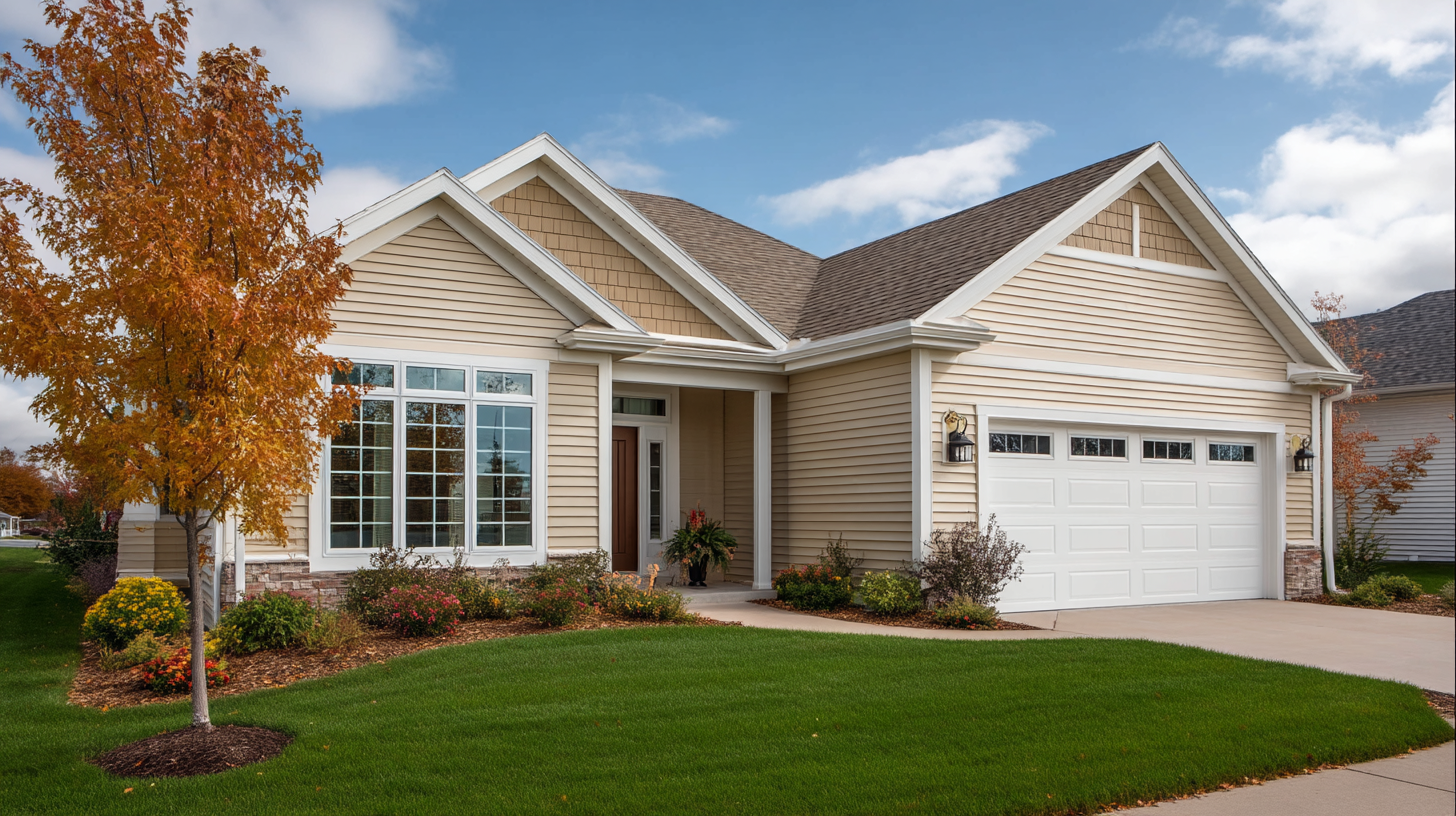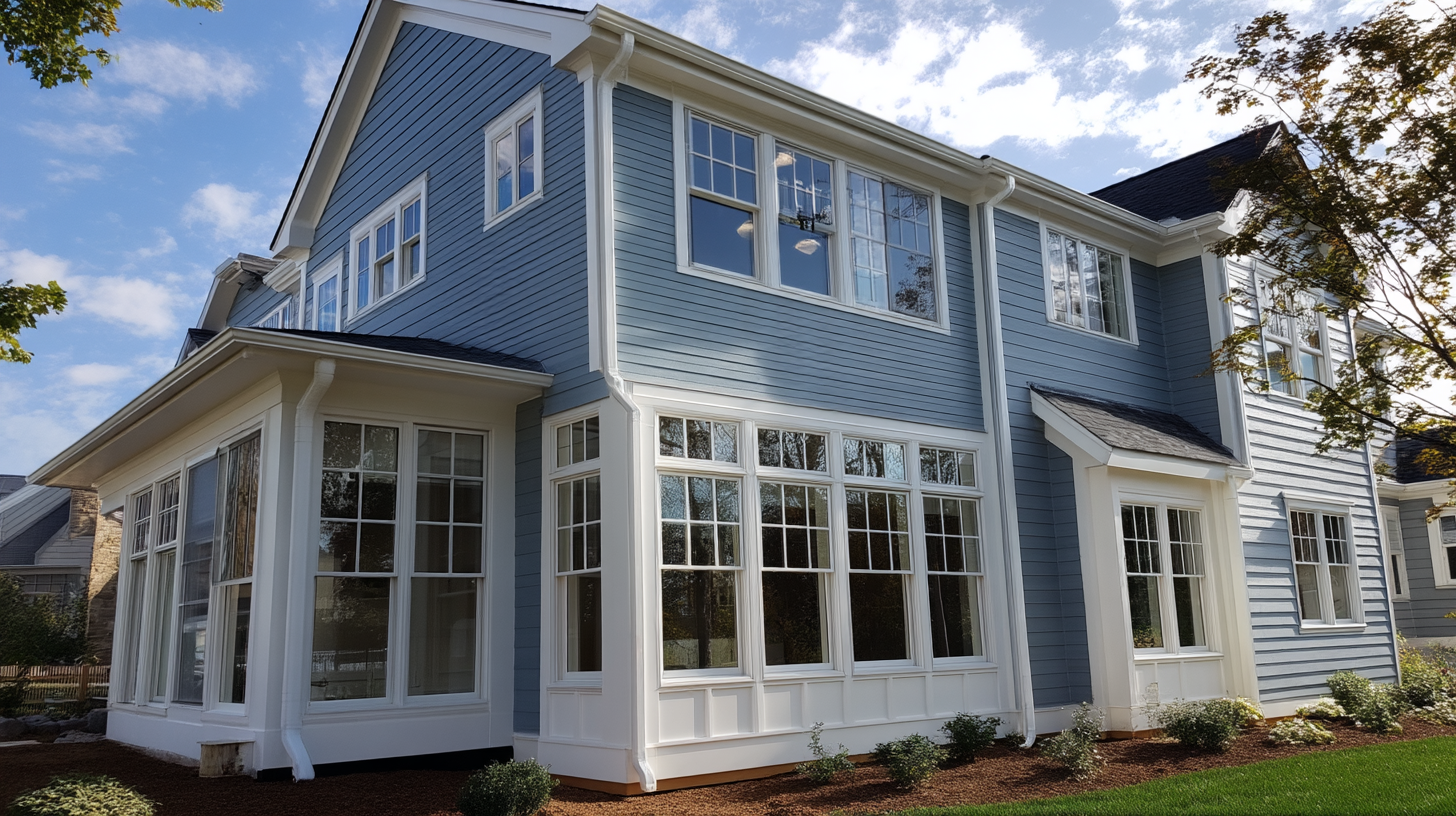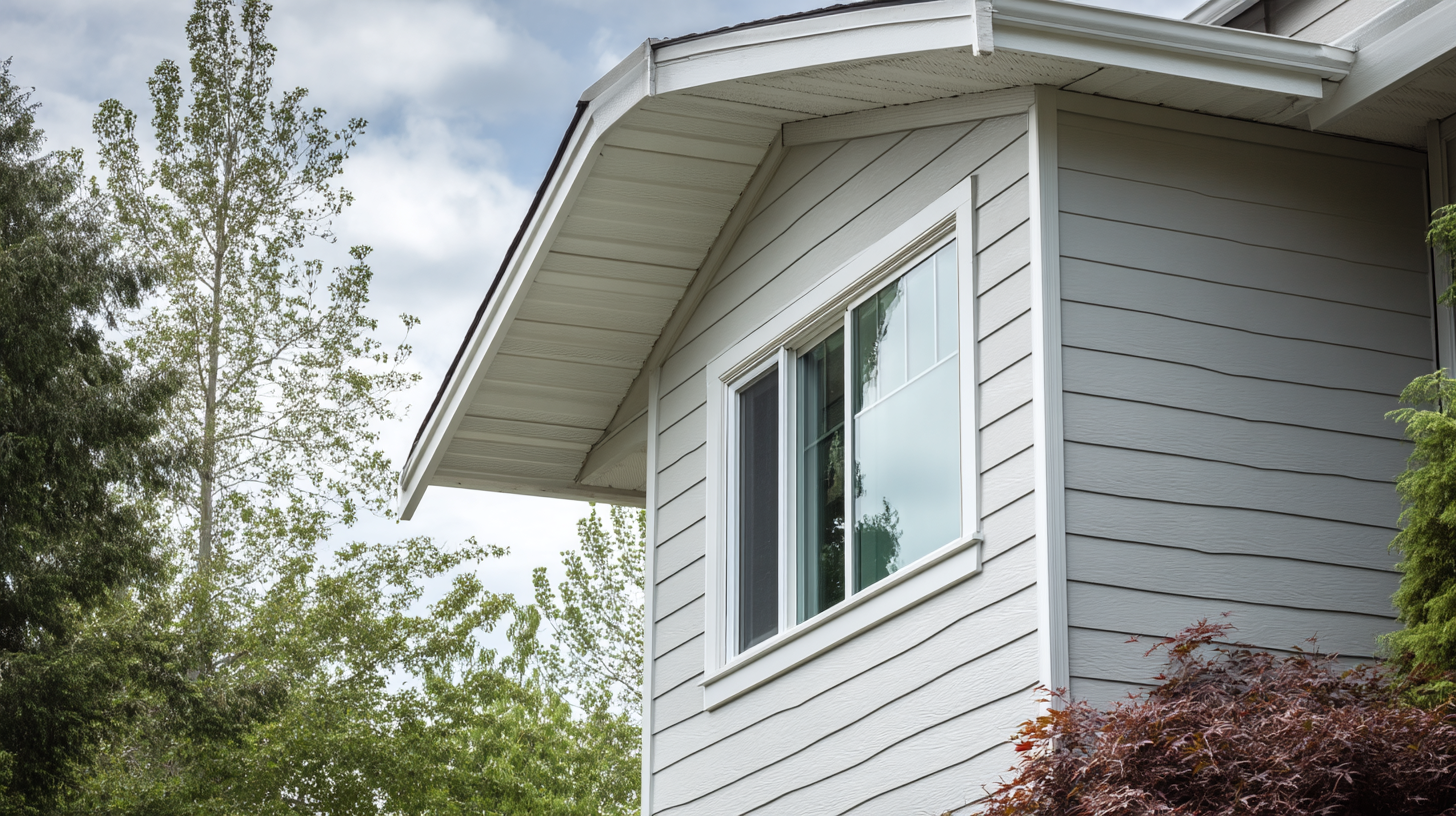What Are Vinyl Windows? ...
- Mon to Fri: 09:00 am to 07:00 pm

Vinyl siding is one of the most popular exterior claddings for homeowners looking to combine durability, style, and affordability. In this guide we explain how to install vinyl siding step by step, from prepping the wall surface to finishing soffit and fascia. Whether you are doing a vinyl siding installation on a small area or tackling an entire house, this guide helps you understand the process so you can either DIY or properly vet contractors.
Vinyl siding offers a number of benefits: low maintenance, resistance to insects, a wide range of styles and colors, and long service life. When installed properly, it protects your home from weather, improves curb appeal, and can even boost energy efficiency (especially if insulation is used behind it). Homeowners often pair new vinyl siding with modern soffit ventilation systems, furring strips for leveling, and trim accessories.
To make sure your project passes inspection, you must comply with local building codes. Always check with your city or county before beginning vinyl siding install.

Before you begin installing vinyl siding, gather your materials and tools. Planning ensures the work runs smoothly.
When ordering, allow for waste and consider cutting vinyl siding around windows and doors. It’s helpful to have some extra scrap piece material for test cuts.

To start install vinyl siding, you must have a flat surface free of loose boards or rotted sheathing. Remove old siding entirely so you can inspect and repair the underlying structure. Replace or re‑sheath any damaged areas.
Next install a water‑resistive barrier (house wrap), overlapping seams properly and sealing around windows, doors, and other penetrations. Flashing above openings and around corners is critical. This setup ensures that any moisture behind siding is directed outward, not inward.
If there are uneven areas, you may attach furring strips to provide a leveled substrate. Proper leveling ensures the siding panels won’t bind or bow.
A well‑placed chalk line is the backbone of a clean installation. Find the lowest top edge of the wall (e.g. where it meets the foundation or sill) and snap a horizontal line across. That line will guide your starter strip.
Mark your vertical lines for corner post, inside corner posts, and window/door J channel locations. Establish the sequence, for example beginning at one corner post, working across, then to the next corner.
You need to plan for expansion and contraction due to temperature changes. Leave the proper gaps at ends and at trim components.
The starter strip is the base for the first course of siding panels. Nail it so it is perfectly straight, aligned with the chalk line. Use proper nails (or screws) driven through the center of each nailing hem or nail slot with about 1/32″ of clearance around the nail head to allow installing vinyl siding to expand and contract.
At the ends, leave a small gap (often ⅛″ to ¼″) to permit expansion. Fasteners should be spaced per the manufacturer’s instructions (commonly every 8–10″). Ensure the strip is stable before proceeding.
Start with the vertical trim elements: corner post and inside corner posts. Place them over the wall surface so siding panels will fit into them. Leave about ¼″ gap at the bottom and top for thermal movement.
Next install J channel around windows, doors, and along soffit and fascia transitions. These channels catch the cut edges of siding panels and provide a clean termination. Do not caulk where panels slide; only caulk where trim meets fixed surfaces.
Make sure each trim component is installed properly and aligned; errors here often cause misalignment of siding panels later.
Accurate cutting is essential to a clean look. For full‑length runs, use a circular saw with fine tooth or the score‑and‑snap method with utility knife and straight edge. When you need to cut shorter segments, use tin snips or snip out small sections using a scrap piece as a guide.
Always cut panel lengths such that you leave room (expansion clearance) at both ends. If the wall height or width requires more than one length, ensure seam edges are staggered. Avoid aligning seams line‑to‑line across courses.
When cutting for other openings, measure carefully and allow proper clearance so that the panel slides freely into J channel or corner trim.
Begin by hooking the bottom edge of the panel into the starter strip, ensuring it locks in securely. Then lift the top edge toward the upper slot and let it drop into the course above (if you are doing multiple layers) or it will be secured by the next piece.
Drive nails through the nail slot (pre‑punched), placing the nails in the center of the slot. Do not drive nails too tight — leave about 1/32″ slack around the nail head to allow movement. Continue across the wall surface, making sure each panel is level and the seams are staggered.
Repeat this process course by course upward. When you reach other openings or the top of the wall, you will trim panels to fit and use utility trim or undersill trim as needed.

On longer walls, you’ll often need to join panels with a vertical seam. Use snap lock punch tool to create locking tabs and align the panels properly. Many siding systems are designed to interlock at these seams.
Stagger seams between adjacent courses so vertical lines don’t line up. Maintain consistent gaps for expansion. If your wall is especially tall, run siding in sections, stacking extra panels or finishing with a top piece cut to fit under soffit and fascia.
After the walls are sided up to the roofline, add soffit under the eaves to cover the underside and to allow ventilation. Install fascia at the outward edge to cover the rafter ends and integrate with the siding system.
Use proper trim to create clean transitions where siding meets the roof edge, and ensure soffit pieces fit securely into J channel or utility trim. Ventilation and airflow should be maintained; avoid blocking vent channels.
For the last row of siding panels, you’ll need to cut the top piece to fit under the soffit and fascia. Use utility trim, undersill trim, or a closure strip to finish the top edge. Again leave room for expansion. Fasten carefully through the nailing hem, with slack for movement.
Ensure no panels are pinched between trim, and all edges slide freely. Inspect that the upper slot and locking edges are properly engaged.
Walk around the exterior and inspect for:
If you find issues, correct immediately before they worsen. A high‑quality vinyl siding installation looks seamless, straight, and tight, but with freedom for thermal movement.

Avoiding these ensures your siding looks good and performs well for decades.
If your home is simple, single story, and easily accessible, you might manage a smaller vinyl siding install yourself. But larger homes, two stories, complex trim, or strict building permit areas are usually better handled by professionals.
When hiring pros, look for those who guarantee compliance with local building codes, use certified installers, and stand behind their work. Our team at Pro Superior Construction installs siding across Rocklin, Sacramento, and the Bay Area with full permitting and quality assurance.
To keep your siding in great shape:
These simple steps help ensure your siding lasts for decades.
For a professional crew, a standard single-family home often takes 3 to 7 days, depending on size and complexity.
Mid‑spring or mid‑fall when temperatures are moderate is ideal, so you can more accurately set expansion gaps.
Sometimes yes, but removing old siding is strongly recommended so you can inspect sheathing, fix rot, and properly install the water barrier.
In California a typical vinyl siding installation runs from about $5 to $9 per square foot, depending on materials and site conditions.
Yes, especially if insulation or an insulating substrate is used behind the panels. This can raise the R‑value of exterior walls.
Check for free movement around nail heads, consistent gaps at trim, straight panel lines, and securely seated seams with no binding.
Now that you know how to install vinyl siding properly, it’s time to take the next step toward enhancing your home’s exterior. Whether you’re a DIY enthusiast ready to tackle the project yourself or looking to hire a professional, having the right knowledge and preparation makes all the difference. Don’t wait—start planning your vinyl siding installation today to enjoy a beautiful, durable, and low-maintenance exterior for years to come. For expert advice or professional installation services, contact us now and let’s make your home improvement dreams a reality!